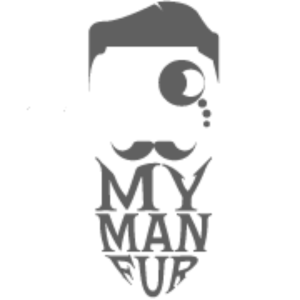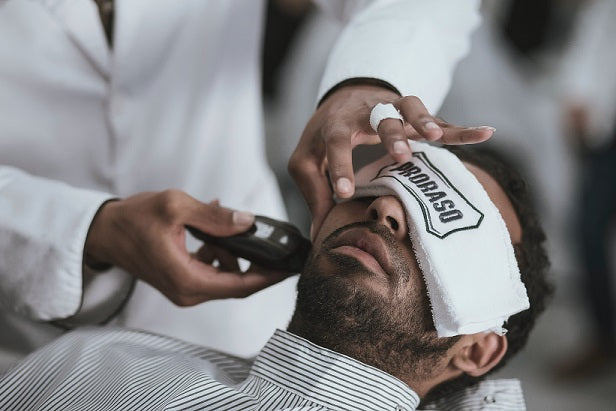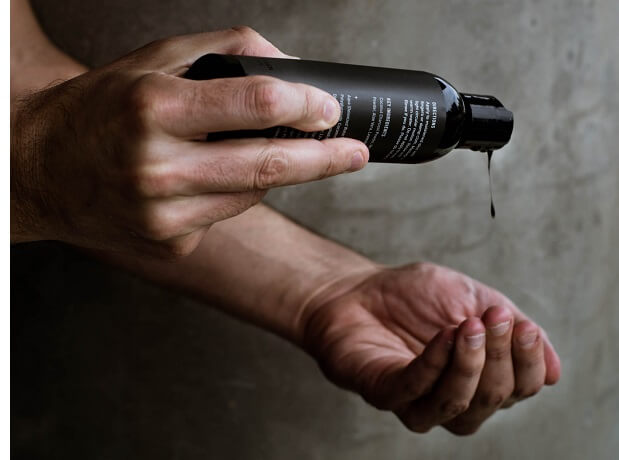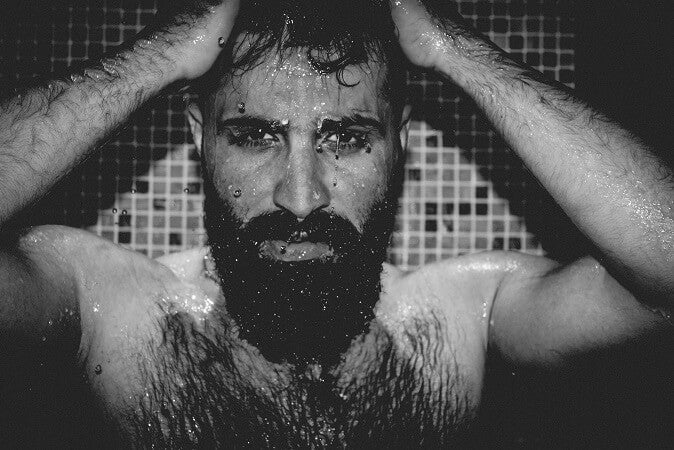5-Step Guide to Perfect Beard Grooming
- Cleanse: Wash your beard regularly with a specialized beard shampoo to remove dirt and oil.
- Condition: Use a beard conditioner to keep your facial hair soft and manageable.
- Trim: Regularly trim your beard to maintain your desired shape and remove split ends.
- Oil: Apply beard oil to moisturize both your facial hair and the skin underneath.
- Style: Use a beard balm or wax to style your beard and keep it looking neat throughout the day.
The History and Evolution of Dreads and Locs
To truly appreciate the significance of dreads and locs, it's important to understand their rich history:
- Ancient Origins: Evidence of locs has been found in ancient Egyptian artifacts, suggesting a history dating back thousands of years.
- Spiritual Significance: In Hindu culture, locs (known as jata) are associated with the god Shiva and ascetic sadhus.
- Rastafarian Movement: The popularization of dreadlocks in Western culture can be largely attributed to the rise of Rastafarianism in Jamaica in the 1930s.
- Civil Rights Era: In the 1960s and 70s, natural hairstyles including locs became symbols of black pride and resistance in the United States.
- Modern Interpretations: Today, both dreads and locs are worn by people of various cultures and backgrounds, often as expressions of individuality, spirituality, or cultural identity.
The Science Behind Dreads and Locs
Understanding the science of hair can help explain how dreads and locs form:
- Hair Structure: Hair is composed of keratin proteins that interlock to form the hair shaft.
- Natural Matting: When hair is left to grow without combing, it naturally begins to mat and tangle, forming the basis of dreads.
- Cuticle Damage: The process of forming locs involves intentionally damaging the hair's cuticle layer, allowing strands to bond together.
- Hair Types: Different hair textures (straight, wavy, curly, coily) may require different techniques to form and maintain dreads or locs.
Health Considerations for Dreads and Locs
While both styles can be healthy for your hair, it's important to be aware of potential health considerations:
- Scalp Health: Proper cleaning and drying are essential to prevent fungal growth or scalp irritation.
- Weight: As dreads or locs grow, their weight can put strain on the scalp and neck.
- Traction Alopecia: Tight styling or excessive retwisting can lead to hair loss at the hairline.
- Product Build-up: Using too much product or not cleansing properly can lead to residue accumulation.
Professional Care for Dreads and Locs
While many people maintain their dreads or locs at home, professional care can be beneficial:
- Locticians: These specialists are trained in the formation and maintenance of locs.
- Dread Specialists: These professionals can help with dread maintenance, repair, and styling.
- Salon Services: Many salons now offer specialized services for dreads and locs, including deep cleaning, retwisting, and styling.
The Role of Lion Locs Gel in Professional Styling
Lion Locs Gel is not just for home use. Many professional stylists incorporate it into their services:
- Retwisting: The gel provides excellent hold for retwisting locs, ensuring they stay neat and defined.
- Styling: Its versatility allows stylists to create various looks, from sleek updos to intricate patterns.
- Moisture Balance: The nourishing properties of Lion Locs Gel help stylists maintain the moisture balance of their clients' hair during styling sessions.
Dreads and Locs in Popular Culture
Both dreads and locs have made significant impacts in popular culture:
- Music: Artists like Bob Marley, Whoopi Goldberg, and Zendaya have popularized these styles in mainstream media.
- Sports: Athletes like Ledley King and Jason Robinson have worn locs, challenging stereotypes in professional sports.
- Fashion: Designers and models have incorporated dreads and locs into high fashion, celebrating their beauty and versatility.
- Film and TV: Characters with dreads or locs are increasingly common, often used to convey strength, wisdom, or cultural identity.
The Future of Dreads and Locs
As society continues to evolve, so do attitudes towards textured hairstyles:
- Workplace Acceptance: Many organizations are updating policies to be more inclusive of diverse hairstyles, including dreads and locs.
- Technological Advancements: New tools and products, like advanced formulations of Lion Locs Gel, continue to improve the maintenance and styling of these hairstyles.
- Cultural Exchange: As global connections increase, we may see more cross-cultural adoptions and interpretations of these styles.
- Education: Increased understanding of the cultural significance and care requirements of dreads and locs is likely to lead to greater appreciation and acceptance.
Environmental Considerations
As sustainability becomes increasingly important, it's worth considering the environmental impact of hair care:
- Product Packaging: Look for products like Lion Locs Gel that use eco-friendly packaging.
- Water Conservation: Both dreads and locs can be less water-intensive to maintain compared to some other hairstyles.
- Natural Ingredients: Many products for locs and dreads incorporate natural, sustainable ingredients.
Dreads and Locs for Different Hair Types
While often associated with certain hair textures, both dreads and locs can be achieved with various hair types:
- Coily Hair: Often forms dreads and locs most easily due to its tight curl pattern.
- Curly Hair: May require some manipulation but generally forms dreads and locs well.
- Wavy Hair: Can form looser dreads or locs, often requiring more maintenance to stay tight.
- Straight Hair: May need significant manipulation to form dreads or locs, but it is possible with the right techniques.

Dreads and locs are more than just hairstyles; they're expressions of identity, culture, and personal style. Whether you're drawn to the free-spirited nature of dreads or the cultivated elegance of locs, understanding their history, care requirements, and cultural significance can help you appreciate and maintain these beautiful styles. Products like Lion Locs Gel play a crucial role in the care and styling of both dreads and locs, offering versatility and nourishment. As we continue to celebrate diversity in all its forms, dreads and locs stand as powerful symbols of individuality and cultural pride.



